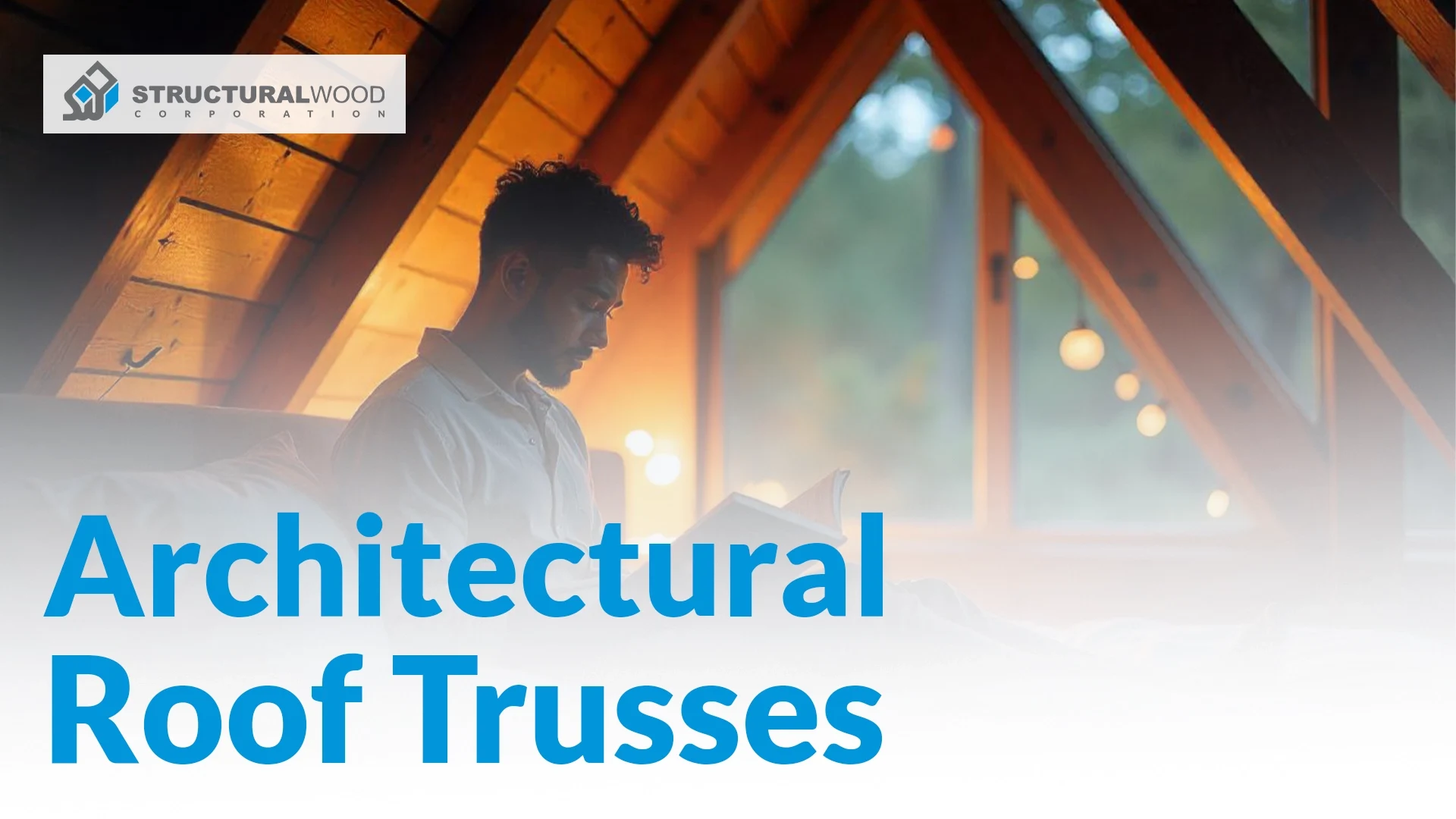Have you ever looked up at a stunning vaulted ceiling and wondered what gives it that open, eye-catching shape?
You might be surprised to know that the secret is often hidden in plain sight. Those striking beams and patterns above your head are called architectural roof trusses.
While most roofs rely on standard trusses that remain tucked out of sight, architectural roof trusses are designed to be visible. They do more than hold up the roof.
Curious about what sets these trusses apart or why so many modern homes use them? Keep reading to discover how architectural roof trusses can enhance your home’s design, make your living spaces feel larger, and even boost the value of your property.
What Is an Architectural Roof Truss?
An architectural roof truss is more than just a part of the building’s structure. It is a carefully engineered framework that holds up your roof and gives it strength. They turn overhead spaces into a visual highlight that becomes part of the room’s character and style.
These trusses come in a variety of shapes and patterns, from simple and modern to bold and decorative. Whether made from wood or steel, they offer reliable support and a beautiful design feature.
Many homeowners and architects opt for architectural roof trusses when they aim to create a sense of openness and make a lasting impression in living rooms, entryways, and grand halls.
In short, architectural roof trusses provide solid structural support and a distinctive look that can transform any space.
Key Differences: Architectural Trusses vs. Standard Trusses
Understanding how architectural roof trusses differ from standard trusses can help you make better choices for your home. Here are the main points to consider:
| Aspect | Architectural Trusses | Standard Trusses |
| Visibility | Often exposed for aesthetics | Typically concealed |
| Customization | Highly customizable | Standardized |
| Design Complexity | Detailed and visually appealing | Functional but basic |
| Cost | Usually higher | Typically lower |
| Span Capacity | Long spans achievable | Moderate span limits |
Warning: Architectural trusses are exposed. Any flaws in construction or finishing will be visible. Always choose experienced professionals for design, fabrication, and installation.
Types of Architectural Roof Trusses Used in Modern Buildings
When it comes to architectural trusses, there are several unique styles to choose from. Your decision should consider your-
- Design vision
- The structural demands of the space, and
- Budget.
Here are some of the most popular types you will see in modern homes and buildings:
Scissor Truss

Have you noticed rooms where the ceiling goes up high, almost like a church? If you love that look, the scissor truss could be your go-to choice. Its special shape makes your room feel big, bright, and welcoming.
Hammerbeam Truss
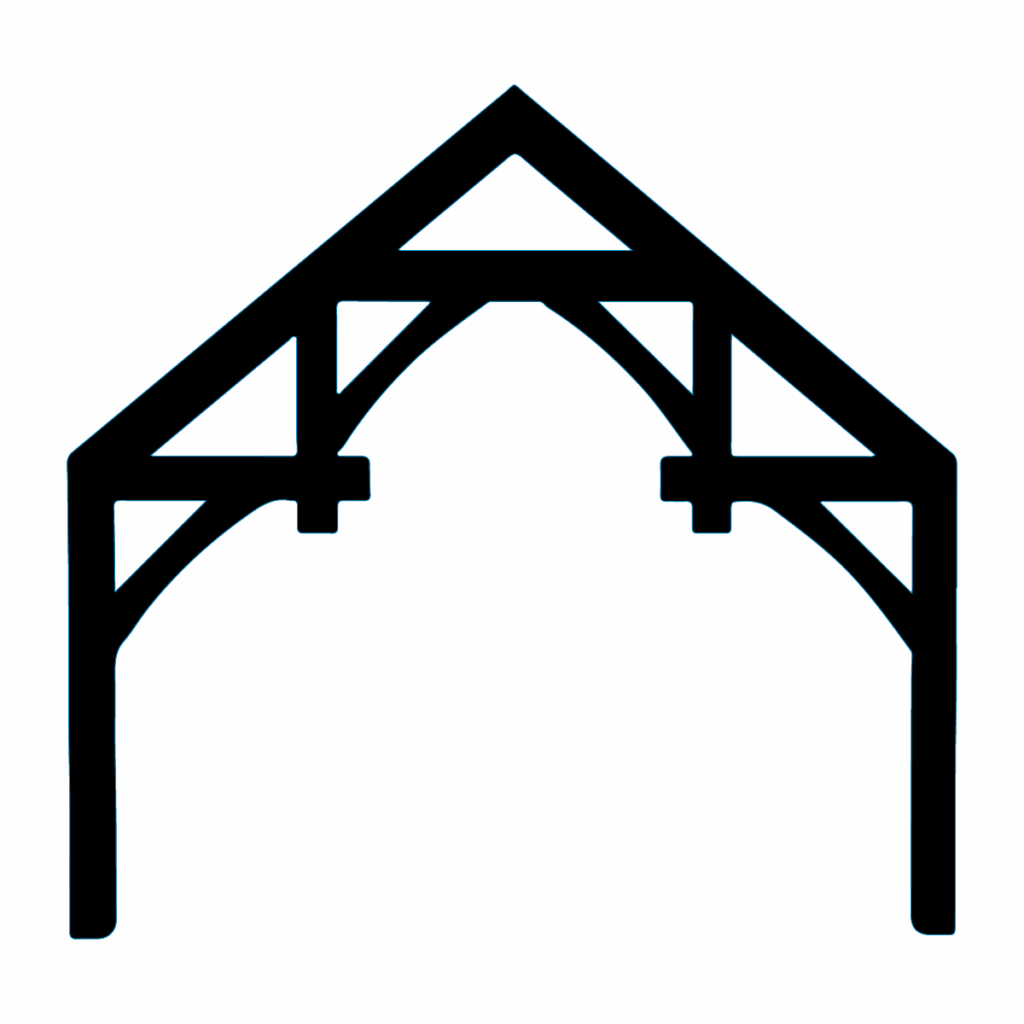
This truss, known for its dramatic and open timber framework. The hammerbeam truss creates a spacious and elegant ceiling, often seen in grand halls and historic buildings. Its design allows for large open spans without heavy supports, making rooms feel grand and architecturally impressive.
King Post Truss
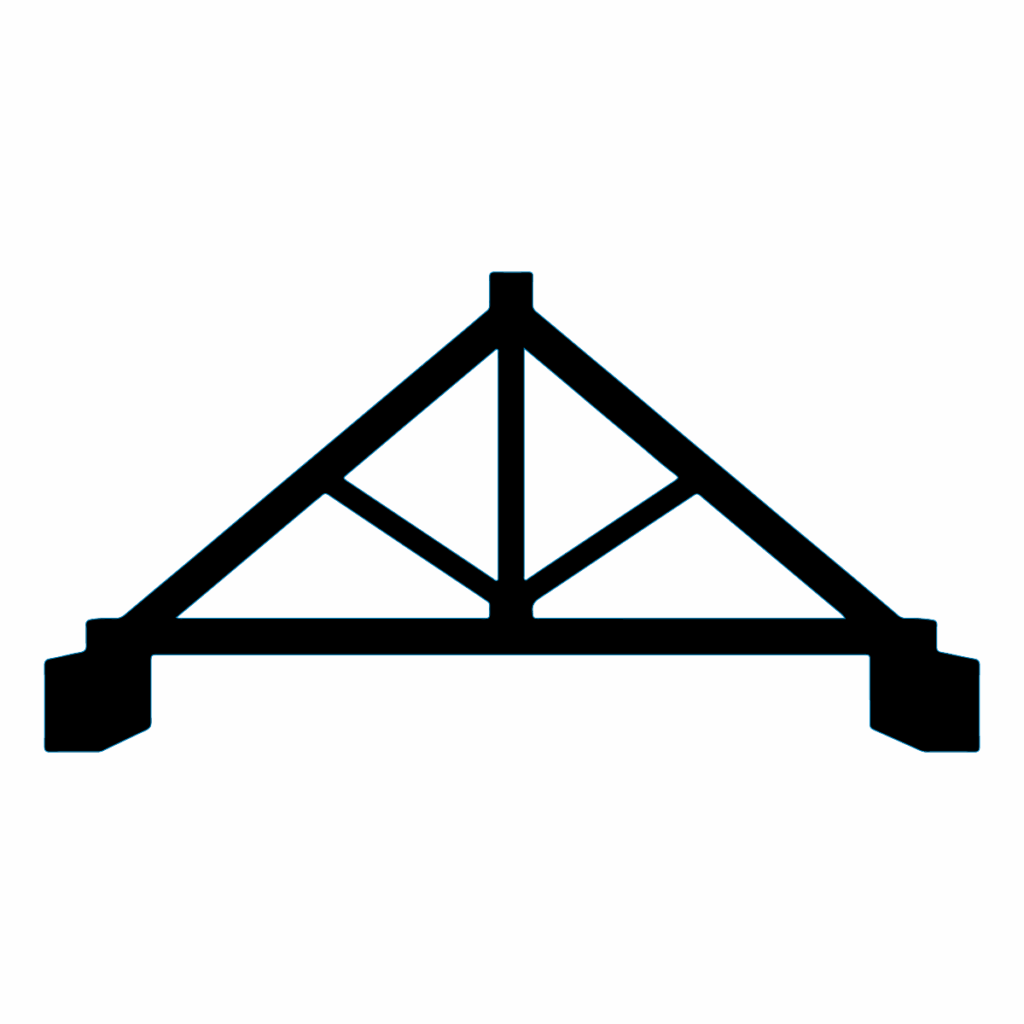
Do you want a room that feels neat and pretty without being too fancy? The king post truss is a smart choice. Its simple shape looks nice in small rooms and does not take up too much space. If you want something classic and beautiful that also saves money, the king post truss is a great pick.
Queen Post Truss
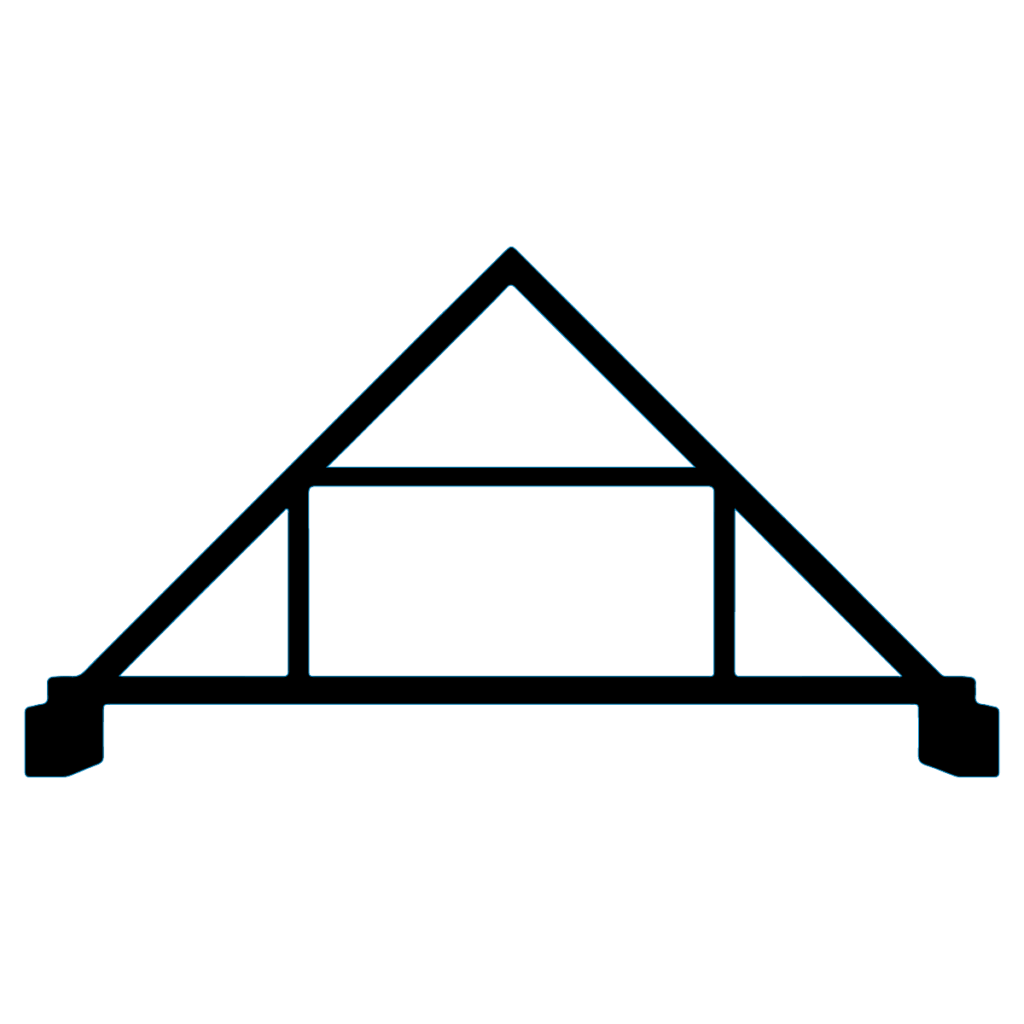
Wishing your room could be bigger and also look stylish? The queen-post truss is what you’re looking for. It can cover more space than the king post truss, and its shape gives your room a nice, modern look. If you want both strength and style, the queen-post truss is a top choice for your home.
Tip: Match your truss style with your home’s architectural theme for cohesive aesthetics.
Benefits of Using Architectural Trusses in Home Design
Deciding on architectural trusses for your home? Excellent. Did you know it does much more than just support the roof? These exposed structures instantly give rooms a unique style and help your property feel inviting.
Here are some of the top benefits homeowners and designers love:
Enhanced Aesthetics: Architectural trusses add a special touch to a room. Wood or steel trusses stand out and catch your eye. Their shapes and colors give each room its unique style.
Increased Home Value: When people walk into your home and see beautiful trusses above, your house becomes hard to forget. These eye-catching details make your home stand out and can increase buyer interest. Special touches like this often help your home sell for a better price.
Spacious Interiors: These trusses help lift the ceiling so your rooms feel bigger and brighter. With more space and light, your home feels open and welcoming. It is the kind of room where everyone wants to gather.
Structural Strength: Architectural trusses are strong because they are designed by expert engineers. They help your roof stay safe and steady, even during heavy snow, strong winds, or big storms. With these trusses, you can rest assured that your home is well protected.
Struggling to select the right architectural truss for your span limits or code requirements? Our Roof Truss Design Guide walks you through calculating spans, choosing materials and meeting codes so you can order with confidence and avoid costly errors every time.
How to Choose the Right Truss for Your Roof
Have you ever wondered which truss is right for your home? Picking the best truss is not just about what looks nice. You want something that fits your house, keeps it safe, and matches your style. Here are some simple tips to help you decide:
Design Style: Select a truss that complements the aesthetic you desire for your home. Wood looks cozy and warm. Metal looks modern and clean.
Span Requirements: Big rooms need stronger trusses. Ensure your truss can span the distance from wall to wall without issue.
Material Preferences: Wood is a classic and welcoming choice. Steel is strong and works well for bigger rooms. Glulam is a type of wood that is exceptionally strong yet visually appealing.
Budget Constraints: Some trusses are more expensive, especially custom or special ones. Consider what matters most to you and allocate your money to what delivers the best results.
Important: Always consult a structural engineer or architect when selecting trusses to ensure safety and structural integrity.
Best Materials for Architectural Roof Trusses
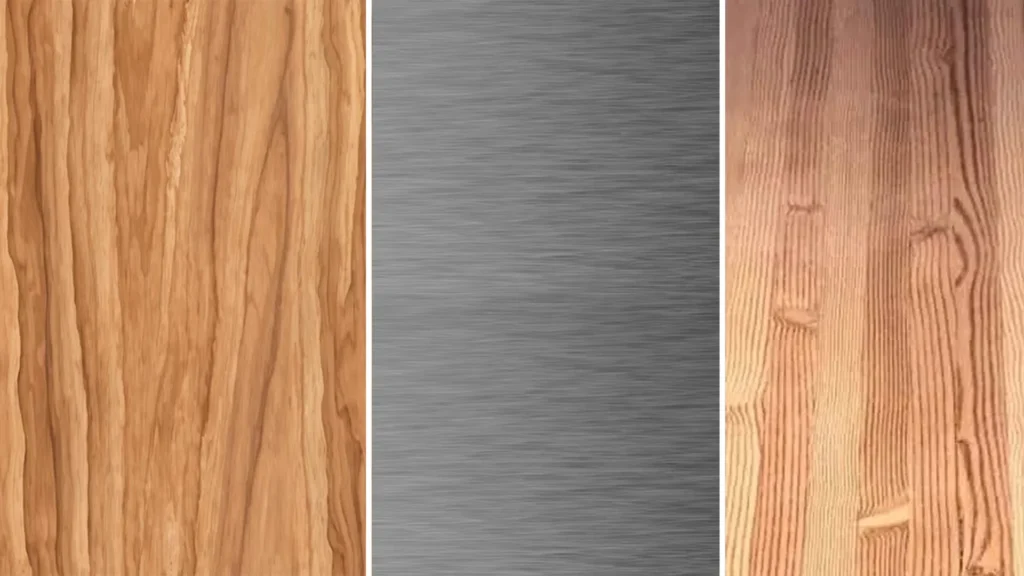
Which material is best for your roof trusses? The material you choose will change how your home looks and how strong your roof will be. Here are some popular choices and what makes each one special:
Wood
Wood is a popular choice because it has a warm, natural appearance. You can use wood for many shapes and styles, from simple to fancy. It does not cost too much and is great for homes that feel classic or cozy.
Steel
Steel is a smart pick if you want your home to feel modern and need strong support. Steel trusses are very tough. They do not get damaged by bugs or fire. Their simple shape looks great in new houses or big open spaces.
Glulam (Glued Laminated Timber)
Glulam is made by gluing together pieces of wood to form a strong beam. These beams are very sturdy and can hold up large, open rooms. Glulam resembles real wood and is a suitable choice if you desire both beauty and strength in your home.
Important: Each material comes with its advantages, so consider what matters most to you, such as style, strength, or budget, when making your decision.
Installation Process of Architectural Roof Trusses Explained
Want your new roof to look great and last a long time? Here is how experts install architectural trusses the right way:
- Planning: First, architects and engineers collaborate to create a robust and secure plan for your roof.
- Building the Trusses: Next, builders carefully craft each truss to ensure it fits your home perfectly.
- Careful Delivery: Trusses are delivered to your house safely, ensuring that nothing is damaged before installation.
- Putting Them Up: Skilled workers use special machines to lift and place each truss. Every truss is carefully checked to ensure it remains strong and steady.
- Final Check: Once all the trusses are in place, the team checks every connection to ensure your roof is ready to last.
Warning: Never try to do this yourself. Let trained experts handle it so your roof stays safe and strong for years.
Architectural Roof Trusses Cost and Span
Wondering how much architectural roof trusses cost or how far they can stretch across your room? The price and span depend on what you choose:
- The material you pick
- The shape of the truss
- The size of your space
Check out this table for an easy way to compare your choices and see what works best for your home.
| Material | Average Cost per Truss | Typical Span Range | Notable Features |
| Wood | $80 to $200 | 20 to 40 feet | Warm, classic look; budget-friendly |
| Steel | $150 to $500 | 30 to 60 feet and beyond | Strong for long spans; modern style |
| Glulam Timber | $300 to $800 | 30 to 80 feet | Superior strength; dramatic appearance |
The bigger your room, the stronger your truss needs to be. Wood is good for most rooms. Steel is better for large spaces. Glulam works best for very big, open areas.
Note: Always ask an expert to help you choose the right truss. This keeps your home safe.
Conclusion
The right architectural truss can turn an ordinary house into a home that feels special and welcoming. Wood brings warmth and classic beauty, while steel gives a bold and modern touch. These trusses do more than support your roof. They help create rooms that make every day feel a little brighter.
If you are ready to start your next project, the team at Structural Wood Corporation can help bring your vision to life. Let us work with you to build a space that feels just right.
FAQs
Are Architectural Trusses More Expensive Than Standard Trusses?
Yes. Architectural trusses usually cost more because they are custom-made for looks and use special materials. They also need more careful planning and skilled labor.
Can I Install Architectural Trusses Myself?
No. It is best to hire professionals. Installing trusses is complex and must meet safety codes. Mistakes can lead to serious structural problems.
Do Architectural Roof Trusses Require Special Maintenance?
Not much. Wood trusses need simple inspections and might need refinishing after some years. Steel and glulam trusses need even less upkeep but should be checked for any signs of damage.
Can Architectural Roof Trusses Handle Heavy Snow And Wind?
Yes. When designed properly for your area, they are strong enough for heavy snow and strong winds.

